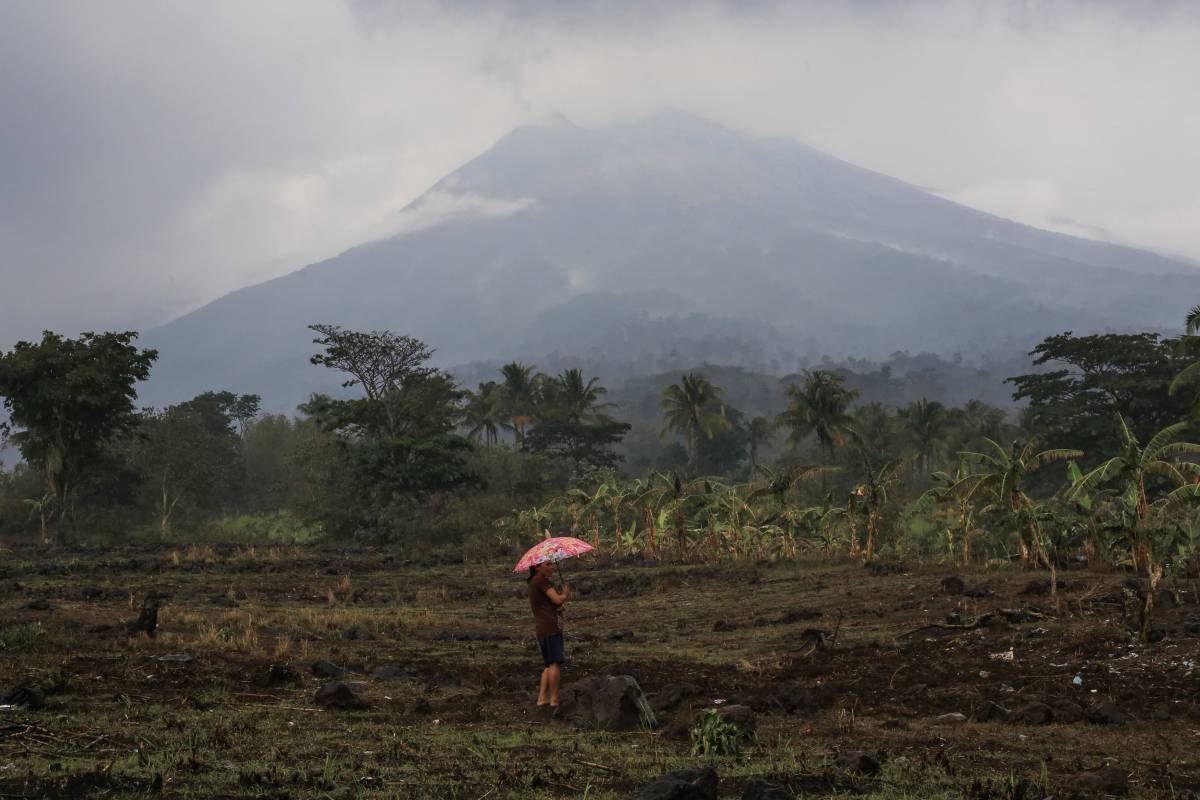Climate change is not only causing melting glaciers, rising sea levels, and extreme weather events like floods, droughts, and forest fires, but it could also make many regions in the world uninhabitable. A recent study conducted by climatologists and physiologists at Purdue University and other research facilities in the United States reveals that the combination of high heat and humidity, resulting from climate change, could lead to an increase in heat-related fatalities and create inhospitable conditions in various parts of the globe.
When the human body is exposed to high heat and humidity, it can only withstand certain combinations before experiencing heat-related health problems such as heat stroke or heart attack. The threshold for each individual at any given moment depends on factors like temperature, humidity, exertion level, wind speed, and solar radiation.
The study predicts that a global temperature increase of 1.5 degrees Celsius or more could expose billions of people to extreme heat and humidity levels that surpass the body’s natural cooling abilities. To identify areas where warming would exceed human limits, researchers modeled temperature increases ranging from 1.5 degrees Celsius to the worst-case scenario of 4 degrees Celsius.
Over several years, the research team conducted more than 460 experiments to document the combined levels of heat, humidity, and physical exertion that humans can tolerate before their bodies can no longer maintain a stable core temperature.
As the body gets warmer, it sweats and increases blood flow to the skin to release heat to the environment and maintain core temperature. However, at certain levels of heat and humidity, these adjustments become insufficient, and the core temperature starts to rise. If individuals do not find relief within hours, it can lead to heat exhaustion, heat stroke, and strain on the cardiovascular system, potentially resulting in heart attacks for vulnerable individuals.
The study reveals that the limits of heat and humidity people can withstand are lower than previously believed. For young, healthy individuals, the ambient wet-bulb temperature limit is approximately 31 degrees Celsius at 100 percent humidity. However, babies, older adults, and people with cardio-pulmonary vulnerabilities may experience heat stress and associated health risks at lower heat and humidity levels compared to young people.
Recorded instances of temperatures and humidity exceeding human limits have been rare throughout history, occurring only for a few hours at a time in the Middle East and Southeast Asia. However, since the industrial revolution, global temperatures have increased by nearly 1 degree Celsius due to the burning of fossil fuels. The Paris Climate Agreement, signed by 196 countries in 2015, aims to limit worldwide temperature increases.
It is crucial to recognize the potential consequences of high heat and humidity resulting from climate change. By understanding the risks associated with extreme weather conditions, we can take proactive measures to mitigate the impacts and protect vulnerable populations. Governments, communities, and individuals must work together to reduce greenhouse gas emissions, adapt to changing climates, and prioritize the well-being of all people in the face of this global challenge.
Source: High heat, humidity could make many regions unlivable







